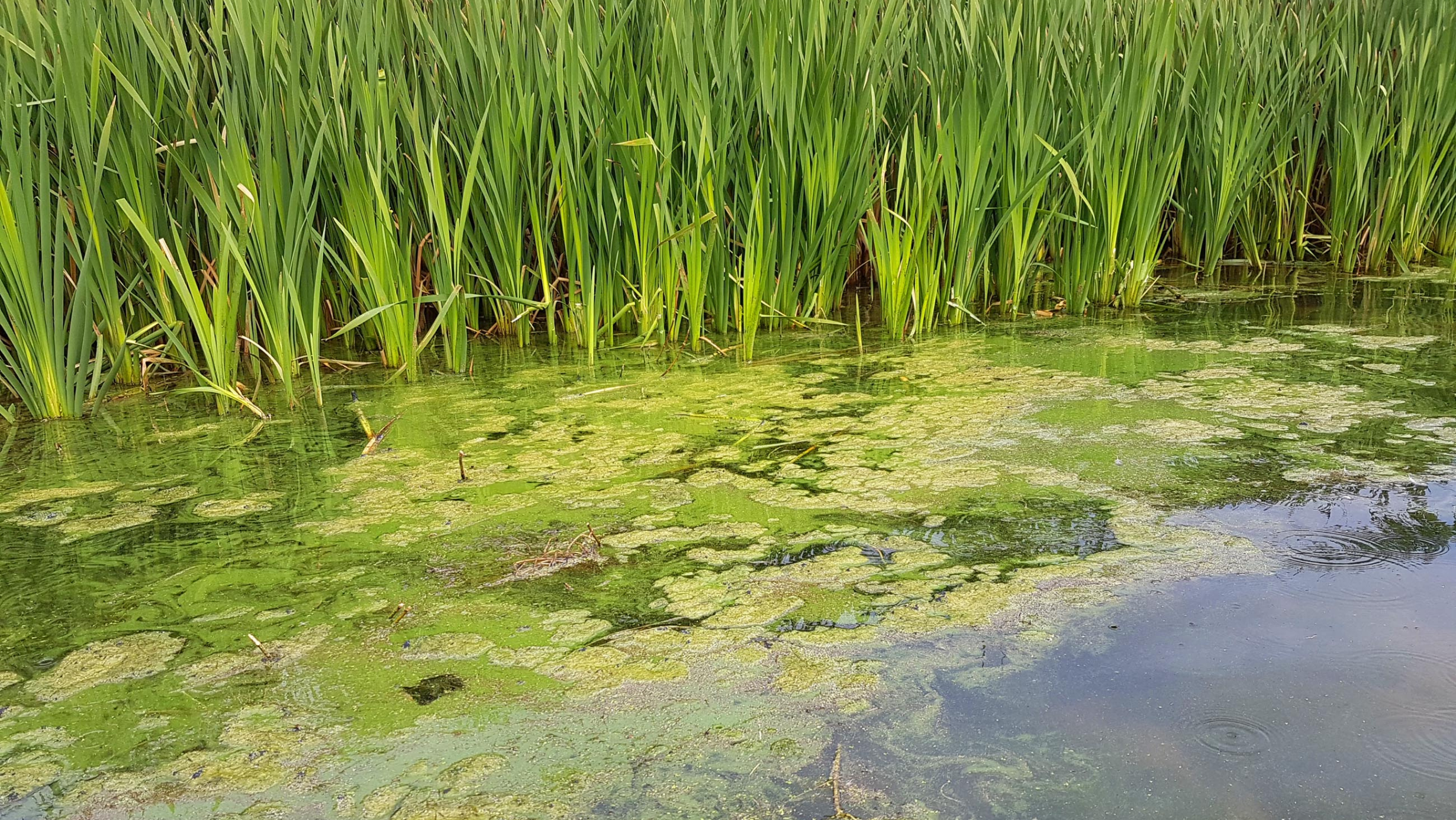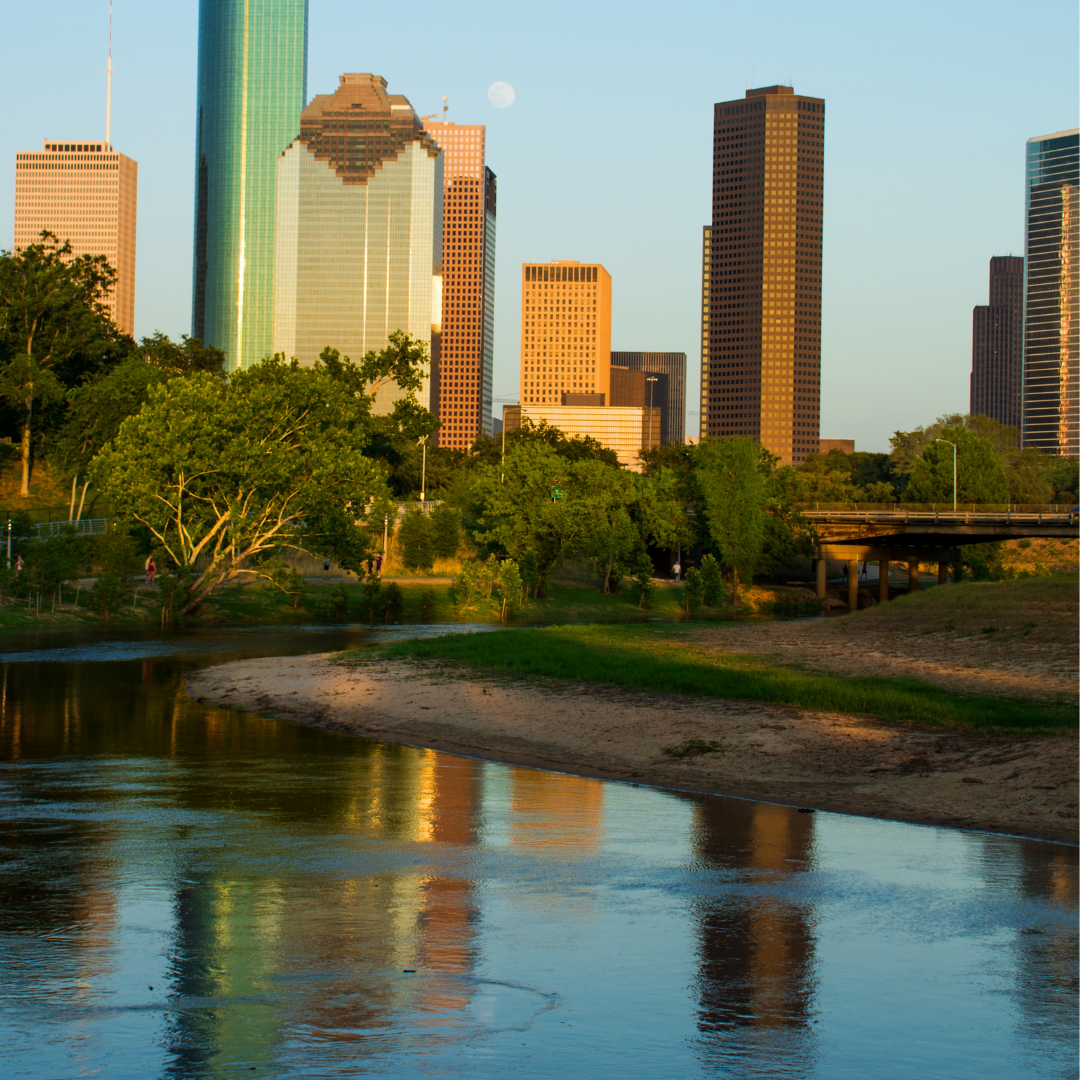Detention Pond Repairs
Detention Pond Repair & Rehabilitation
Commercial Property Detention / Retention Pond Repair
Regular maintenance on a detention pond will do wonders to keep it looking presentable and in good shape; (as “presentable” as a large hole in the ground can look) however, we sometimes come across a pond that is too far gone to mow without the risk of falling into a cavern or a rut. Additionally, we sometimes find a “dry” detention pond that looks as though you can catch some nice fish in it.
The Challenge To Correctly Repairing A Detention / Retention Pond
If you own or manage a commercial property in the Houston area, you are probably already familiar with detention ponds. If you aren’t familiar, the area between the water surface and the natural ground or street level is utilized for detention between rain events.
Retention ponds are typically dual purpose, serving as retention (the wet area) and detention (area from water surface to the top of slope). Regardless of detention or retention, these ponds require regular maintenance to function properly. But what happens when regular maintenance is not performed?
Regardless of whether the pond serves as retention or detention, the results are the same – slope degradation. These slope failures are typically the result of a loss of vegetation that exposes the soil to the elements. The grass roots are what holds the soil in place, and without regular fertilizer application and regular mowing (which keeps the vegetation healthy), the vegetation dies. Therefore, it should come as no surprise that if slopes are left exposed and without good vegetation, the soils on the slopes will erode and migrate to the pond floor.

If you are dealing with a retention pond, this erosion will reduce the volume of water that the pond was designed to retain during rain events. These reduced detention volumes can lead to localized flooding of not only adjacent parking lots, but also buildings and other structures.
With detention ponds, the problem becomes even more troublesome. Detention (dry between rain events) pond floors are designed and graded to drain to a central location on the pond floor which then discharges to the city or county ditch, storm sewer, or bayou. To squeeze as much detention volume from the pond as possible, these detention pond floors are designed to be fairly flat.
How flat? Well, let’s put that into perspective. For grassy areas on flat ground the typical slope for proper drainage is between 2% and 5%. For our example we will be conservative and use 2%. So that means for every 10 feet we should have 2 inches of fall. Consequently, for every 100 feet we should have 2 feet of fall for proper drainage.
In reality these pond floors fall a couple of inches every 100 feet. Now add sediment that has washed out from the slopes and you can see why so many of the detention ponds you drive by hold a couple of inches of water and look more like a wetland than a dry detention pond.
Additionally, we sometimes see newer detention ponds that were improperly graded or left sparsely vegetated or even worse, not vegetated at all. This will ultimately lead to the same problem of slope erosion and soil migration to the pond floor. Repairing these ponds seems straight forward, (regrade the slopes and add grass) but the reality of repairs is much more than that.
Differences In Repairing a Detention Pond VS a Retention Pond
Retention ponds are more difficult to repair, largely due to the fact that by their nature, retention ponds always hold a static amount of water. Because all of our retention pond repair experts in Houston will be working on the pond slopes, you can see how it can become problematic grading these slopes without equipment sliding into the water. Because of this concern, the retention pond slopes need to be dry for about a week prior to commencement of dirt work and close attention needs to be paid to the weather during the entire process.
Like retention ponds, detention ponds also require dry conditions both before and during construction. In addition to dry slopes, we also need the bottom of the detention pond dry in order to grade the floor for proper drainage. This can be challenging to say the least; but is critical to a successful grading job. If the detention pond floor cannot be dried out, more investigation is needed to ascertain why. Needless to say, this issue will need to be fixed by an experienced retention pond repair team in Houston before moving forward.

This is especially true if the detention pond serves as a stormwater quality feature, as these ponds require an annual permit with photos showing the condition of the pond. Standing water in a detention pond is a red flag for regulators and will most likely lead to a rejected permit.

A Long Term Approach to Detention / Retention Pond Repairs in Houston
Prior to any repairs being performed, regardless of whether the pond serves as retention or detention, it is important to understand why failures occurred in the first place. If we ignore this critical discovery, the likelihood of future failures is high. As stated before, pond slopes fail for a number of reasons. In all likelihood however, they were never properly treated during construction, and it is only over time that these deficiencies are revealed.
If we take a step back it’s easy to understand why; first, consider that we are digging a hole in the ground. Ground that is typically comprised of silt, sand, and clay. The soils below 2-3 feet haven’t been exposed to oxygen for years and contain little to no organic material. Add to that high sodium levels typically found in Houston area soils, and it should come as no surprise that establishing vegetation, let alone sustaining it, is nearly impossible.
There are several remedies to these types of detention and retention pond repairs in Houston; the addition of topsoil being the most effective, but also the most expensive. Before adding any soil remediation, it is imperative that we test the soil in order to give us a good idea of the make-up of the soil as well as a prescription for remediation.
For example, too much sand will result in future slope failures, too much clay will hinder the growth of grasses and other desirable vegetation. Depending on soil conditions, the addition of select fill may be necessary. Select fill is 60/40 mixture of lean clay to sand, which is ideal for structural integrity when used on pond slopes. In addition, organics (topsoil) and soil conditioners may be added to provide ideal growing conditions. Remember, we need those roots to hold all of this freshly graded soil in place to prevent future slope failures.
The final step to a proper detention and retention basin restoration from our Houston team, is stabilizing the pond slopes in a retention pond, and the pond floor as well as slopes in detention ponds. There are a myriad of ways to achieve this stabilization, however standard hydro mulch is not one of them! If we examine the recipe for basic hydro mulch it is easy to see why. Basic hydromulch consists of 2 ingredients: mulched paper and green dye. The green dye is used as a marker to let the applicator know which areas have already been sprayed.
So, in reality hydro mulch is just mulched paper. We add water, seed, and fertilizer to the mix and spray on the slope. The next rain washes everything to the pond floor, leaving the slopes bare, and the cycle of erosion starts again. This is the specification for 99% of new construction. -No soil amendments, no soils testing, just dig a hole, spray and pray!
At a minimum a hydromulch blend of paper and wood with the addition of a tackifier (glue) is recommended for pond slopes; however this does not guarantee success. There are products specifically designed to stabilize pond slopes, some even having the sheer strength of concrete! But as you would expect, they come with a higher cost.
Regardless of the level of stabilization chosen, it is important to know the expectations and make a decision based on a few key variables: your risk tolerance, the upfront cost, and long-term performance expectations.
Stormwater Professionals Group specializes in troubleshooting these issues and has a multitude of tools, techniques, and the experience necessary for sustainable detention and retention basin restoration services across Houston.
We’ll even put together a maintenance program for you to follow to prevent this from happening again.
Call today for a no cost site assessment for detention or retention pond repair in Houston. We’ll provide a detailed analysis with photos, and if we see evidence of a soil issue, we can even provide a free soil analysis to determine why the vegetation is not growing or why it is being taken over by undesirable growth.
